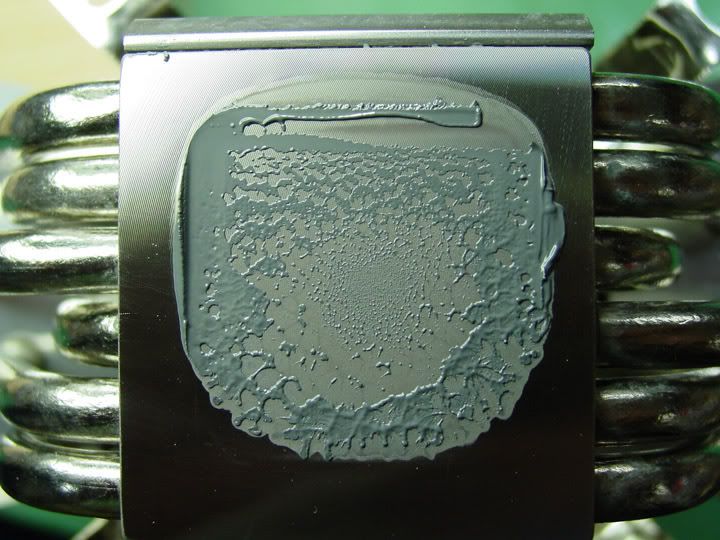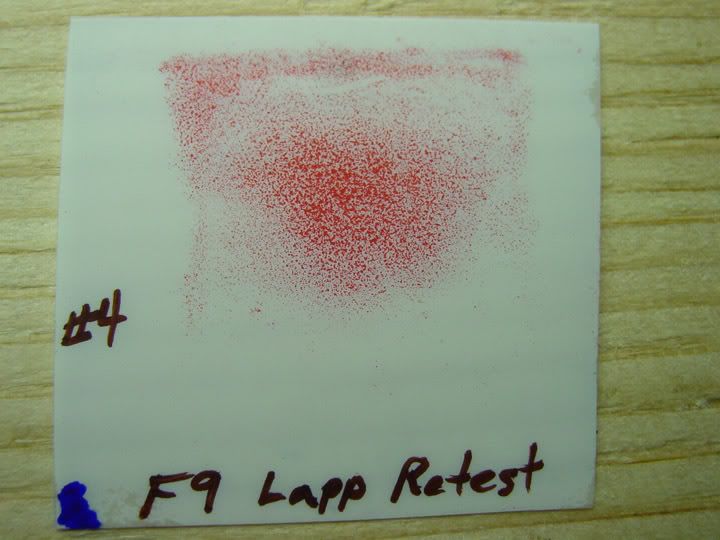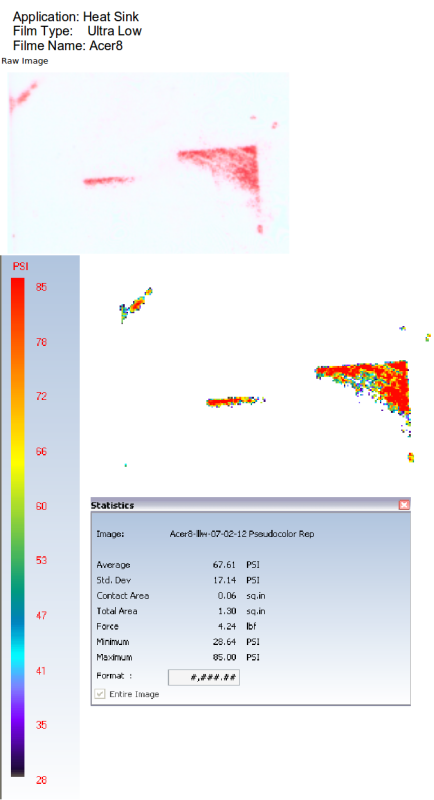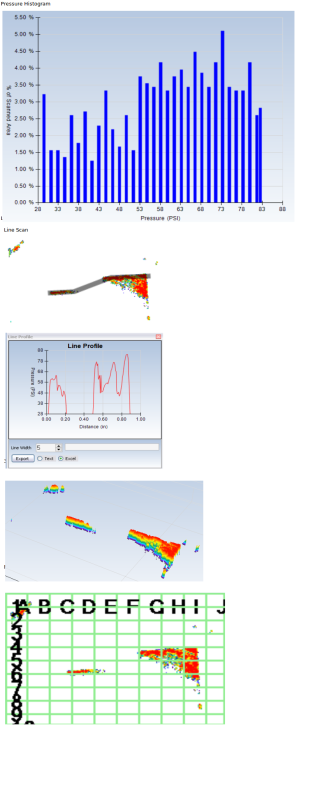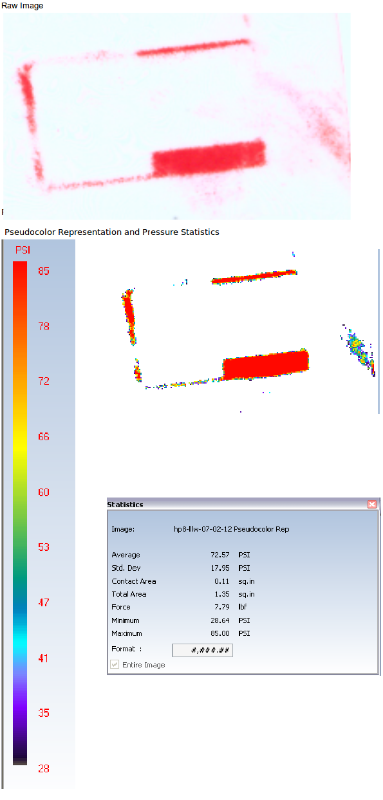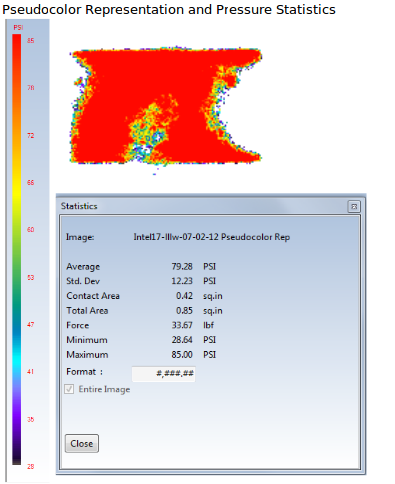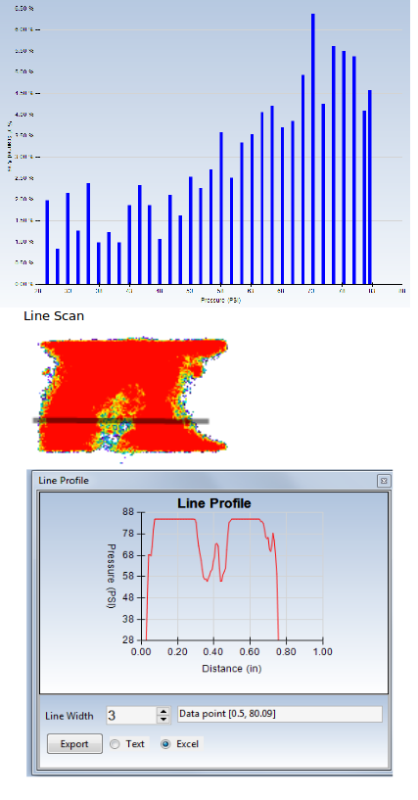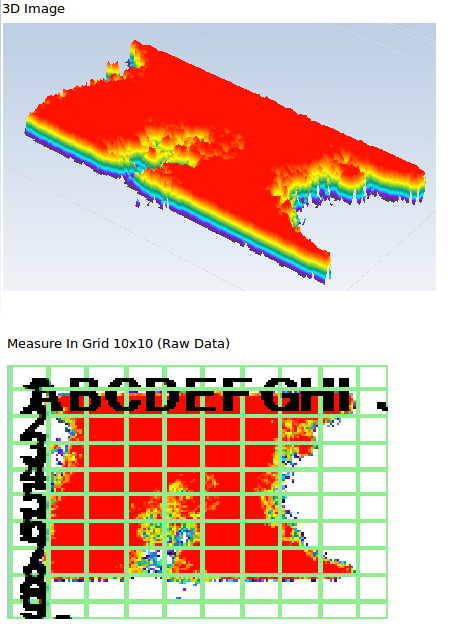I was taking a look at some published information on laptop reliability linked below and a rough analysis might be with their 30% failure rate in 3years approx 1/3 of that due to breakage and about 2/3 or 20% of all laptops is a component failure probably due in large part to high thermal loads - Heat is number one enemy of electronics.
After a re-paste on a PC in the overclockers forums you have an average of 61C after a repaste and the laptops so far average 71 C after a re-paste. I think the extra 10C is the dividing line, in the PC market you may see a few degrees decline and here and there you get the rare 15 -20 C degree improvement but generally most of those are mount related issues unless the compound has been installed a couple of years or more.
The PC failures were generally less than half laptops. The prevalence of early temperature creep in laptops is quite surprising along with the relatively large number of 85 - 90 C systems reported---- 25 to 30 C higher than the PC's, if you have a weak component those kinds of temps have a good chance of killing it. As a kind of general recommendation to avoid being the 1 in 5 failures and as a good maintenance procedure has been suggested here blowing the dust out regularly, I would add a secondary laptop cooler as well as changing the compound every-time it creeps up 10 C past the initial install temps. The cooler it is and the longer time periods it remains cool, the odds that longer system life increases.
http://www.squaretrade.com/htm/pdf/SquareTrade_laptop_reliability_1109.pdf
http://cache.gawker.com/assets/images/4/2009/11/500x_squaretrade3.jpg
Gartner Says Annual Failure Rates of PCs Are Improving, but Manufacturers Can Do Better







